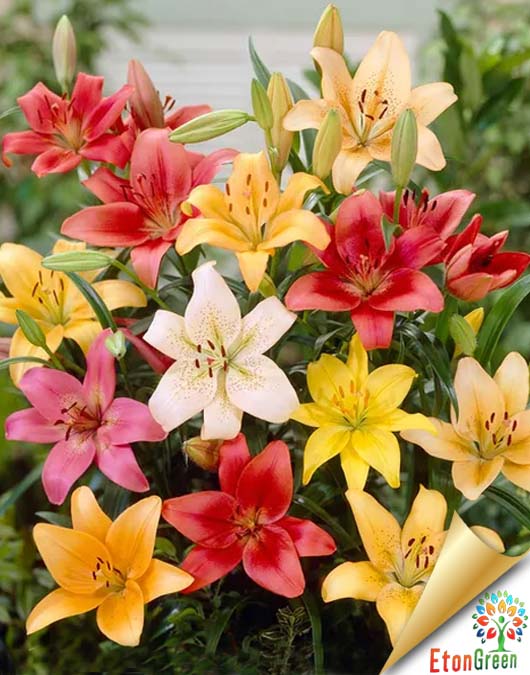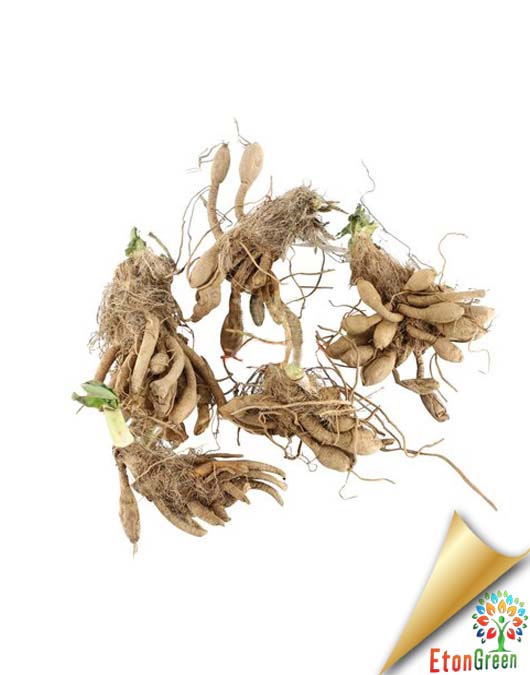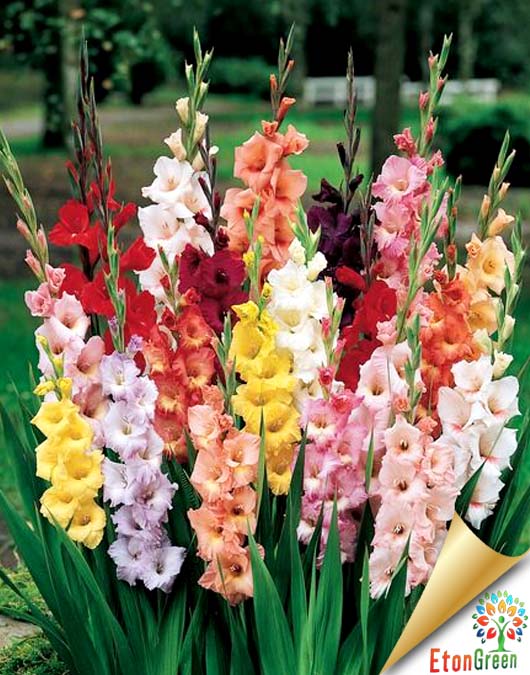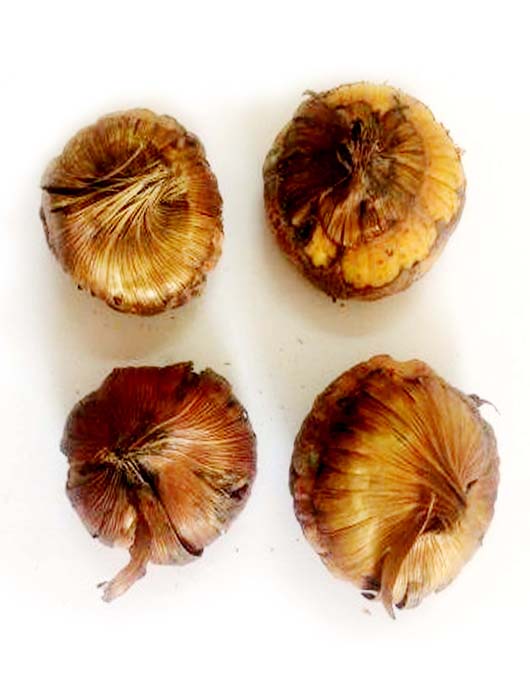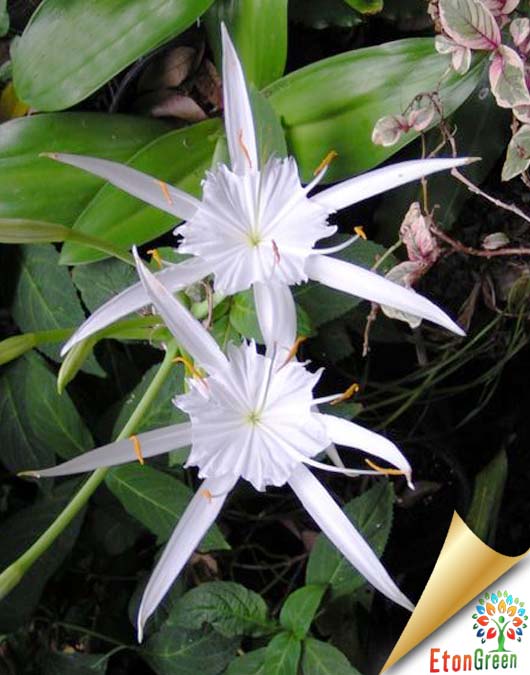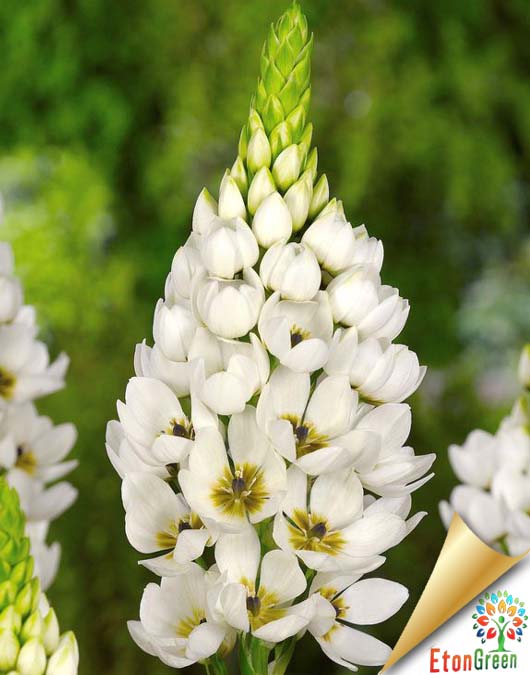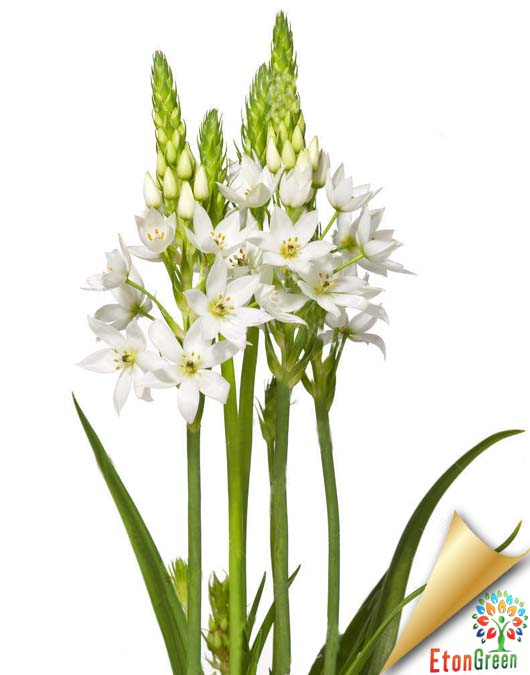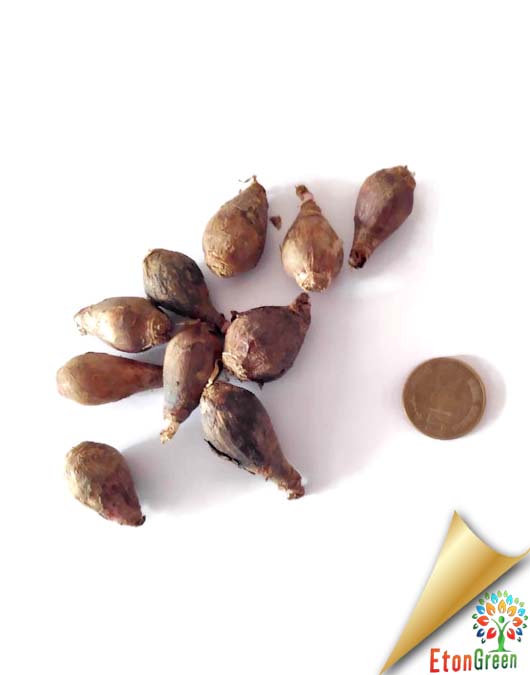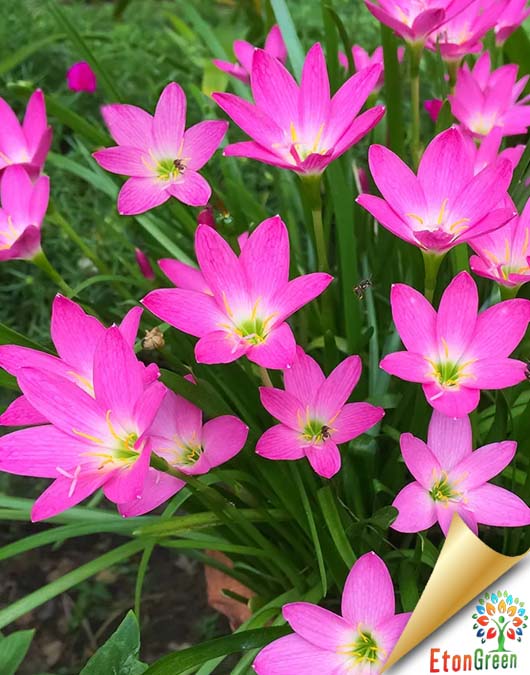- Shipping charge ₹ 90 for entire order
- Gladiolus is a genus of perennial cormous flowering plants in the iris family
- Gladiolus is popularly known as the Sword Lilly due to its shape
Planting Procedure
- Planting time is October for plains and March-April for hills.
- Dig a hole about 5 cm deep to sow the bulb.
- Set the bulb in the hole, pointy end up, then cover with soil and press firmly
- Space bulbs 6 to 8 inches apart
- Following are the suggested compositions for bulb plantation: Garden soil + Compost + Perlite + Sand (2:2:1:1) or, Soil + Cocopeat + vermicompost (1:1:1)
- Shipping charge ₹ 90 for entire order
- These hearty bulbs are easy to grow and require minimal care, provided that you plant them in the right place. At home in both formal and naturalistic settings, lilies also most take readily to contained.
-
they all make wonderful cut flowers! Daylilies are clump-forming perennials with arching, grass
like or straplines leaves. All the leaves arise from the base of the plant in two opposing ranks, resulting in a fan-like appearance.Common Name Tawny Daylily, Tiger Lily Height 2.5 to 3 feet Flower Color White color Bloom Time Summer Difficulty Level Easy to grow
- Shipping charge ₹ 90 for entire order
- Common name: Star-of-Bethlehem, Chincherinchee, Snake Flower, Prussian Asparagus.
- Bloom time: The Ornithogalum thyrsoides flowers from October to February, providing lasting blooms that grace gardens and landscapes with their pristine blooms during the hottest months.
Height: 4 to 24 inches (10—60 cm).
Difficulty level: Medium - Planting & Care
Full sunlight through to full shade. Good drainage. Rich soil. In the early spring supply a top dressing of manure. Provide frequent feeds with weak fertilizer. Divide frequently to maintain vigor. Deadhead before seed-set to prevent spreading.
- Shipping charge ₹ 90 for entire order
- Rain lily Leaves are a deep glossy green and measure 3 mm wide. Flowers, which at first resemble a new leaf, but emerge from their papery sheaves to a stunning whiteness; they are erect in perianth.
- Zephyranthes can be deciduous or evergreen bulbous perennials, with linear leaves and funnel-shaped or crocus-like flowers in spring, summer or autumn.
- Plant zephyranthes bulbs in a place that receive full sun
- Dig holes and plant the bulbs 1-2 inch deep and 6 inch apart
- Sow bulbs into a hole made with your finger or the end of a stick
- Poke, drop, cover
- After planting, water well, gently soaking the soil and settling it around the bulbs
- Germination will begin in 10 to 15 days
- Rain lilies are happiest with little moisture during spring and summer, with a bit more water late in the season to trigger flowering
- Plant the bulbs immediately and do not store for long time
- Its star shape attractive flowers increase the beauty of any empty space.
- The star shape flowers are mostly used for ornamental purpose in garden, balcony, terrace, etc.
- Shipping charge ₹ 90 for entire order
- This versatile plant can be used in mass plantings, in rock gardens, as a container plant or partially submerged in the water garden.
- Rain lily Leaves are a deep glossy green and measure 3 mm wide. Flowers, which at first resemble a new leaf, but emerge from their papery sheaves to a stunning whiteness; they are erect in perianth.
- Dig holes and plant the bulbs 1-2 inch deep and 6 inch apart
- Sow bulbs into a hole made with your finger or the end of a stick
- Poke, drop, cover
- After planting, water well, gently soaking the soil and settling it around the bulbs
- Germination will begin in 10 to 15 days
- Rain lilies are happiest with little moisture during spring and summer, with a bit more water late in the season to trigger flowering
- Plant the bulbs immediately and do not store for long time
- Its star shape attractive flowers increase the beauty of any empty space.
- The star shape flowers are mostly used for ornamental purpose in garden, balcony, terrace, etc.

